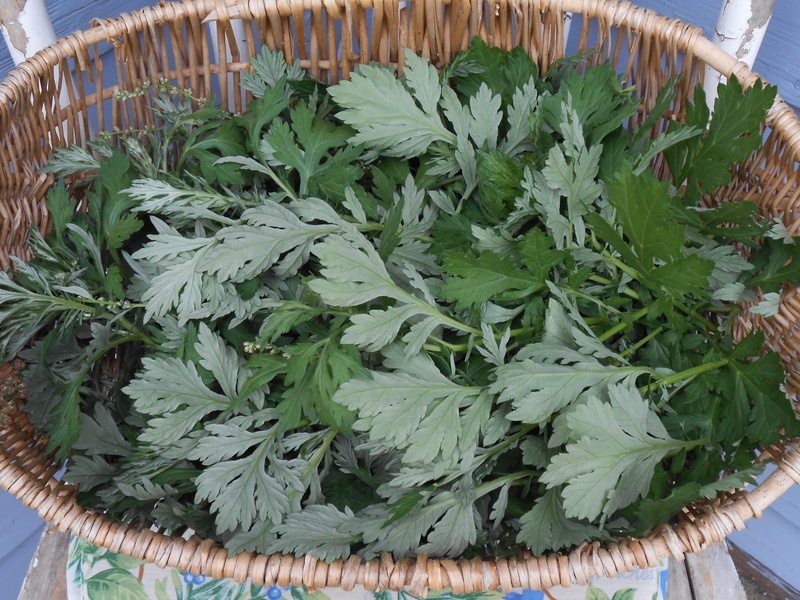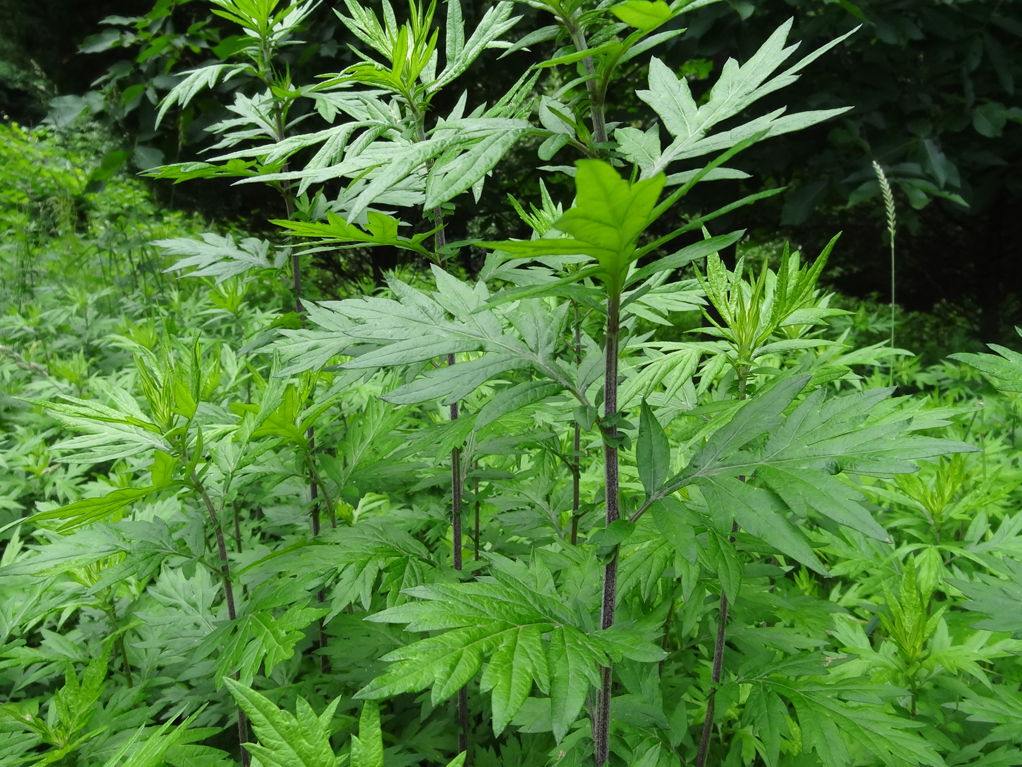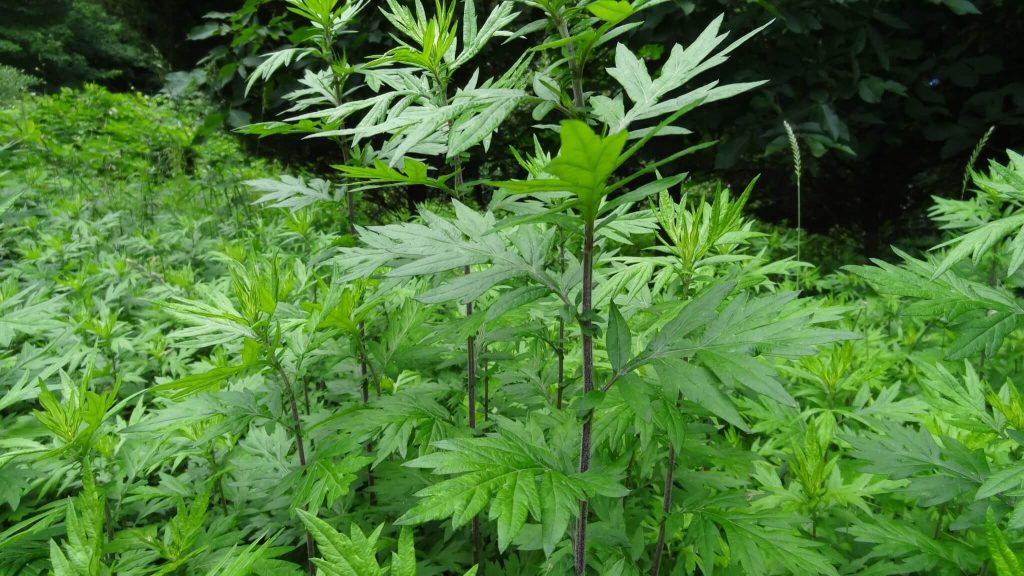Mugwort has been around for thousands of years, and is most commonly known as a magical herb for its effectiveness in activating vibrant or lucid dreams. While Mugwort may sound like something out of a fictional witchcraft story, it’s actually one of the most powerful herbs around, known for fighting verious serious diseases.
Perhaps you may know Mugwort by one of it’s other names, such as Sweet Annie, Artemisia Annua, Felonherb, Green Ginger, Wild Wormwood, Chrysanthemum Weed, etc. Mugwort grows wild many parts of the world including Asia, Northern Europe and North America. It’s so common that it may even be growing in your backyard, side of the road, hiking trails, etc.
The Origin of Mugwort and Its Uses
The herbs formal title, Artemisia vulgaris, comes from “Artemis”, the name of a Greek Moom goddess who is considered to be a patron of women. Historically, Mugwort has been used to help regulate women’s menstrual cycles and help provide menopause relief. Not to be taken while pregnant, and this herb will induce contractions.
Mugwort contains high levels of antioxidants. Antioxidants help with digestive issues, ulcers, nausea, constipation, etc. Many people will take Mugwort to enhance their dream state, oftentimes allowing them to Lucid Dream! Lucid dreaming occurs when your mind wakes up while you’re asleep; in other words you become fully conscious of your dream and can manipulate it however you want. A great way to try new things or do something you normally wouldn’t do in real life.
Moxibustion
Often used in Traditional Chinese Medicine in a process called moxibustion, where the Mugwort or wormwood leaves are formed into sticks, resembling the size and shape of a cigar. The end of the stick is lit and then burned over the acupuncture point to release energy. Moxibustion has been practiced for thousands of years in China, and is still used to this day as an effective way of releasing and moving energy within the body. It has been proven that the smoke can improve the autonomic nervious system and induce a relaxing effect on the body.
Common Uses
- As medicine for various ailments and diseases.
- As a way to induce lucid dreaming.
- Natural bug repellant.
- Traditional Chinese Medicine has used Mugwort during acupuncture, which inhibits the release of energy and circulates blood by creating a warming effect on the acupuncture site. Mugwort is rolled into what looks like a cigar. It’s then lit and waved over the area of the body being worked on. Mugwort continues to burn on it’s own, therefore relighting is often not necessary.
- As a flavoring in Beers.
- Sooths and treats joint pain.
- Helps alleviate digestive and intestinal gut issues.
- Relieves headaches, nosebleeds, chills, fever, nerve problems and insomnia.
How to identify Mugwort
Mugwort stems are a beautiful purple color and oftentimes grow as tall as six feet in height. Their undersides are lighter in color, often silvery and fuzzy.

Mugwort grows tall stalks, reaching about six feet in height. The stalks are often a deep purple color, and grow upright.

Allergies and Side Effects of Mugwort
Mugwort is considered a very safe herb and is consumed by many people throughout the world. It has also been a staple in Traditional Chinese Medicine, and continues to be a go to herb for many various ailments. However, some people may expect side effects or even allergic reactions to Mugwort. Below is a list of allergic associations; for example, if you’re allergic to any of the plants below, you may be allergic to Mugwort.
- Pine nuts
- Peanuts
- Sunflower seeds
- Broccoli
- Celery
- Peppers
- Raw carrots
- Raw apples
- Melon
- Peaches
- Aniseed
- Coriander
- Cumin
- Fennel Seeds
- Parsley
- Rosemary
- Sage
Mugwort in the Culinary World
In Europe and other parts of the world, Mugwort has been used to flavor beer. It was the goto herb for beer before hops were cultivated. It’s also used as a flavoring for fish and meats. Asian dishes more commonly use Mugwort as a culinary spice, especially in desserts, pancakes, soups and salads.
How Mugwort is often sold
You can purchase Mugwort in many forms, including:
- Essential oils
- Dried herb
- Tea
- Seeds
- Smudge sticks
- Powder
If you live where Mugwort grows naturally, you’re lucky! Go harvest some wild Mugwort, and you can make your own dried herbs, tea, smudge sticks, etc. Find a plant that flowering and harvest some seeds to plant in your backyard. Be absolutely certain that what you find out there truly is Mugwort, as you don’t want to accidently touch a poisonous plant.

